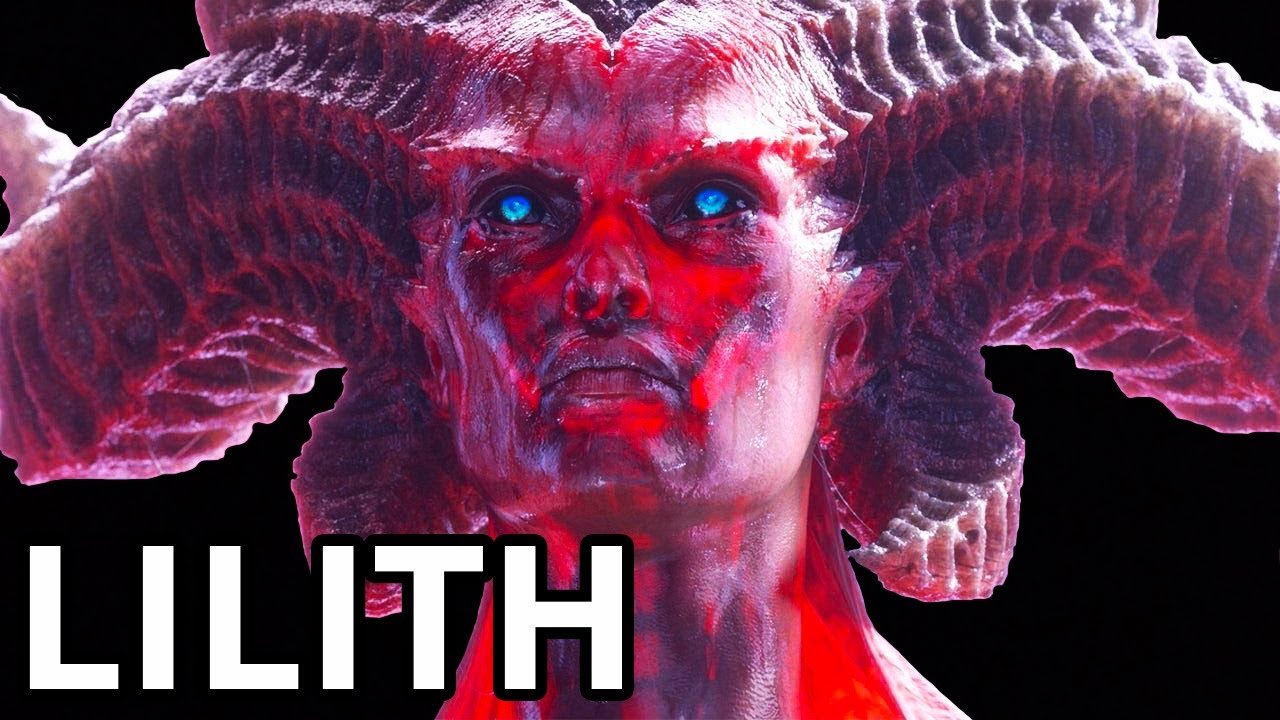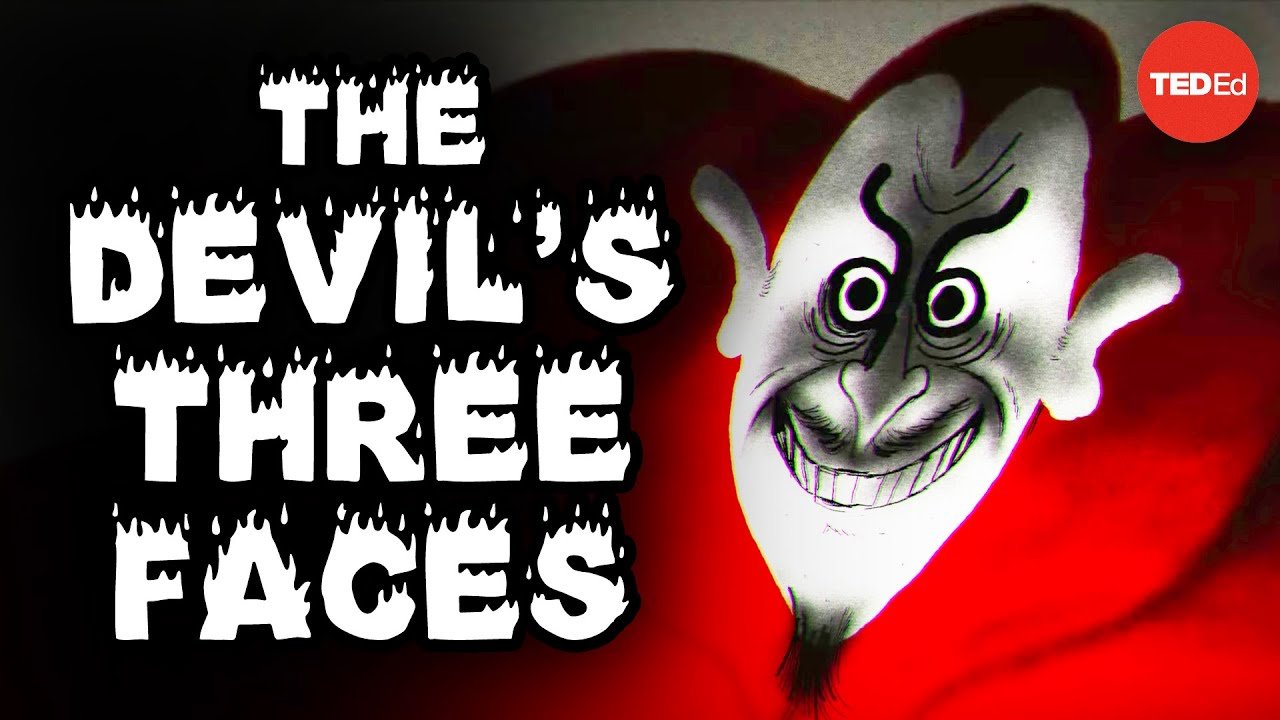Hey everyone, welcome to Mythology Explained. In today’s video, we’re going to discuss Lilith, the queen of hell, mother of demons, angel of prosti.tution, killer of pregnant women and infants, Adam’s first wife, and seducer of men. We’re going to start off
By looking at a couple of allusions to her in the Old Testament. Following that, we’re going to look at early influences that originated in Mesopotamia, and finally, we’re going to look at the tide of information presented in various works published throughout the Middle Ages. Let’s get into it.
Lilith barely features in scripture: she’s absent from the Quran and doesn’t appear in the New Testament; it’s only in the Old Testament that she’s included, and even then, her inclusion depends either on the translation or on the interpretation.
In the Book of Genesis, which is the first book of the Old Testament that describes the Cosmogony (the creation of the universe) and the anthropogony (the origination of humanity), the creation of women is described twice, each with different wording,
Which has led to some interesting theories and stories that endeavor to reconcile the two. The first instance reads as follows: “So God created man in his own image, in the image of God created he him; male and female created he them.”
One interpretation of this passage is that God created the first man and the first woman simultaneously, which, by this reckoning, places it at odds with the second instance in which the creation of the first woman is described. Here’s the passage that describes the second instance:
“And the LORD God caused a deep sleep to fall upon Adam, and he slept: and he took one of his ribs, and closed up the flesh instead thereof; and the rib, which the LORD God had taken from man,
Made he a woman, and brought her unto the man. And Adam said, This is now bone of my bones, and flesh of my flesh: she shall be called Woman, because she was taken out of man.” To reconcile the two accounts, one version, such as the one given in the Alphabet of Ben Sira,
Which we’ll expand on later, explains that the woman created at the same time as Adam in the first passage is a different person than Eve, the woman created from Adam’s rib in the second passage. Moreover, this version holds that the woman created in the first passage
Is actually Lilith, making her Adam’s first wife. Again, we’ll cover this part of lilith’s story in greater detail later in the video. The other mention of Lilith in the Old Testament is given in the Book of Isaiah, though her inclusion by name depends on the language and the translation.
In the JPS parallel Hebrew and English version of the Tanakh, Isaiah 34:14 reads as follows: “And the Wild-cats shall meet with the jackals, and the satyr shall cry to his fellow; yea, the night-monster shall repose there, and shall find her place of rest.”
Night monster is indistinct and ambiguous, but many other translations, either of the Tanakh or of the Old Testament, have seen various monsters and animals substituted in, including: Lilith, night specter, night creature, night hag, Lamia (a female monster of Greek origin that
Preys on children), night bird, and screech owl. This last is especially interesting because it parallels a detail of the Queen of the Night plaque, which is nearly 4,000 years old, made in ancient Babylon sometime between 1800 – 1750 BCE. It depicts a winged woman
With talons for feet standing on two lions flanked by a perched owl on either side. Who this figure is isn’t known for certain, but the list of possibilities has been whittled down to just a few candidates: Ishtar, goddess of war and sexual love,
Ereshkigal, ruler of the underworld, or the demon Lilitu, who became later known as Lilith. And this takes us into the part of the video that looks at Lilith’s origins. Lilith, a female demon infamous for preying on infants and pregnant women,
And for copulating with sleeping men, thereby birthing a plethora of demons into the world, is a central figure in Jewish demonology. You could say that Lilith, as conceptualized in Jewish lore, is but one expression of an archetype, that of the demon who targets infants and pregnant women,
That seems to rear its head across cultures and millenia, particularly in the near East. If this is tracked backwards through time, it looks as though Lilith’s origins can be connected back to ancient Mesopotamia. She briefly features in the Epic of Gilgamesh,
A Sumerian work, and she’s identified with Lilu and Lilitu, respectively, male and female spirits of ancient Babylon – both of them notorious for attacking infants and women in labour. Another figure who shares this MO is Lamashtu, either a goddess or demon, who endangered women during
Childbirth and even abducted infants as they suckled at their mother’s breast. In appearance, she was a hideous amalgamation of many animals, having the head of a lion, the talons of a bird of prey, the teeth of a donkey, a body covered in hair, blood-stained hands, and long fingers with
Long nails. Another variety of demon germane to Lilith is the Ardat-Lili, which rendered men impotent as a sort of revenge for itself not being able to copulate. Sometimes women were also targeted and rendered infertile. In appearance it looks like a wolf with a scorpion’s tail.
Much of the best known information surrounding Lilith comes from the Alphabet of Ben Sira, a work thought to have been written sometime in the Geonic period, which lasted from the late sixth to the mid-eleventh centuries CE. The third part describes Ben Sira recounting 22 stories to
Nebuchadnezzar, the king of Babylon. One of these gives an alternative anthropogeny. Rather than Eve being created from one of Adam’s ribs, it describes Lilith, not only as the first woman, but also as being created from the earth just as Adam was. Unfortunately, their relationship is
Characterized by acrimony and incessant fighting, and ultimately, Lilith refuses to submit to Adam; so she invokes God’s name and flies away. Three angels, Senoy, Sansenoy and Semangelof, are sent after her, and they eventually catch up with her; but she negotiates
Her way out of the encounter, promising to be repelled by any amulets bearing their likeness, which is why thereafter such amulets were used to ward her off, safeguarding those she preyed on: pregnant women and infants. Furthermore, she also accedes to 100 of her children perishing each day.
Here’s a quote that describes this: “He also created a woman, from the earth, as He had created Adam himself, and called her Lilith. Adam and Lilith immediately began to fight. She said, ‘I will not lie below,’ and he said, ‘I will not lie beneath you, but only on top. For you
Are fit only to be in the bottom position, while I am to be the superior one.’ Lilith responded, ‘We are equal to each other inasmuch as we were both created from the earth.’ But they would not listen to one another. When Lilith saw this, she pronounced the
Ineffable Name and flew away into the air…. The angels left God and pursued Lilith, whom they overtook in the midst of the sea… They told her God’s word, but she did not wish to return. The angels said, ‘We shall drown you in the sea.’ “‘Leave me!’ she said. ‘I was created only to
Cause sickness to infants. If the infant is male, I have dominion over him for eight days after his birth, and if female, for twenty days.’ “When the angels heard Lilith’s words, they insisted she go back. But she swore to them by the name of the living and eternal God: ‘Whenever
I see you or your names or your forms in an amulet, I will have no power over that infant.’” In one account, after the fall of man, which resulted in the expulsion of Adam and Eve from the
Garden of Eden, the first man and the first woman became separated for 130 years. During that time, Lilith returned to Adam and copulated with him in his sleep; supposedly the son that resulted from their coupling turned into a frog. Another account, the one given by Rabbi Eliezer in
The Book of Adam and Eve, claims that at one time Lilith was bearing Adam 100 children per day. The Zohar depicts Lilith as “a hot fiery female who at first cohabited with man”, who “flew to the cities
Of the sea coast” when Eve was created. The cabala portrays her as the demon of Friday, who appears as a naked woman with a snake’s tail for legs. Another description maintains the nude upper body, but gives her a column of fire for legs. And in Talmudic Lore, Lilith is presented as an immortal
Demon who will continue to plague mankind until God eradicates evil from the face of the earth. Eventually, a profusion of early traditions coalesced, and from them emerged two predominant activities associated with Lilith: the strangling of newly born children and the seduction of men.
Regarding the latter, it was thought that anytime a man woke up with wet undergarments, made so by the nightly discharge of seed, it was indicative of Lilith having paid them a visit and seducing them in their sleep. And in this she was thought so prolific that a virtually infinite
Number of demonic spawn were attributed to her, said to be her brood – legions upon legions sired by unwitting men as they slept. Apparently, people were so wary of her erotic powers that in some Jewish communities it was commonplace for sons not to accompany their father’s as their
Bodies were laid to rest in graveyards, sparing them the shame of bearing witness to all their demonic half-blood siblings, those conceived when Lilith seduced the father. Because of this, In the Zohar as well as other sources, Lilith is known by many colourful appellations that denigrate
For lasciviousness and wantonness. These include: the black, the wicked, the false, and the harlot. In Zoharaistic cabal, Lilith, along with Eisheth Zenunim, Naamah, and Agrat bat Mahlaht, three angels of prostitution, was one of the consorts of Samael, a figure with many identities,
Not all of them evil, depending on the version; among them were: the great serpent with 12 wings, a prince of hell, and another name for Satan, especially in Jewish lore. As conceptualised in Kabbalism, Lilith was given preeminence, becoming the principal and permanent partner of Samael –
Basically, in effect, crowned queen of hell. And that’s it for this video! If you enjoy the content please LIKE the video and SUBSCRIBE to the channel As always, leave your video suggestions down below
#Queen #Hell #Mother #Demons #Bride #Satan



